Storytelling—oral, digital, or written—is a powerful tactic to create an emotional connection between you, your offering, and your customers. Effective storytelling increases engagement, drives conversions, and fuels revenue growth.
If you’re in a hurry, feel free to jump to the good part of how to write stories that sell (but warning, you’ll miss learning about the history, studies, statistics, and value of storytelling in marketing (aka Story Marketing)).
In this article, we will explore the power of marketing through storytelling and outline a foolproof process anyone can use to define their own brand narrative or story marketing.
Why Story Marketing?
Did you know that focusing on storytelling can help build trust and loyalty by humanizing your brand?
Storytelling infuses and connects each stage of the buyer’s journey and aligns every touchpoint, which helps reinforce your narrative and drive action. This is why storytelling is soooooooo important in marketing.
When done right, storytelling remains one of the most effective ways for businesses to capture their target audience’s attention and deliver effective marketing messages.
Compelling storytelling lets a brand punch above its weight.
This is especially important for local experts, small businesses, and non-profits who lack the marketing budget to contend toe-to-toe with the heavy hitters in their fancy gold boxing gloves.
So, let’s talk about how you can float like a butterfly, sting like a bee in the world of marketing using storytelling to stand out, create an emotional connection, and ultimately, convert more people into lasting customers.

What is Story Marketing or Storytelling Marketing?
In marketing, storytelling is called story marketing or storytelling marketing.
Story marketing or storytelling marketing is using a narrative to communicate a message.
The stories you tell center around your customers, the problems you solve for them, as well as your business’s culture, experience, and mission.
FUN FACTS ABOUT STORY MARKETING:
Psychologist Jerome Bruner discovered that when stories are used to communicate a message, people remember them 22x more than facts and figures alone.
According to another study by Harvard Business Review, emotional connections are significant drivers of brand loyalty and a top indicator of future customer value. Customers are also more likely to recommend a brand when they have an emotional connection with it.
The History of Storytelling
Telling stories makes us human.
Did you know humans have told stories for over 30,000 years?
As a marketer with a social science background, Tosh has a unique understanding to apply human history and psychology to marketing. Coupled with Kaysie’s background in sales, marketing, and public relations, we deeply understand that storytelling is universal to the human experience and critical to emotional connection.
All cultures tell stories—storytelling helped our ancestors cooperate and survive. Storytelling has been ubiquitous in all cultures over all eras in all parts of the world for as long as history can see.
Today, we empathize through storytelling, we learn and share information in a memorable way through storytelling, and storytelling is the most powerful marketing tactic for creating an emotional connection.
From gathering around the campfire telling tales of ancestors to watching the latest TV show or Netflix series, humans are ingrained down to the bone to produce and consume stories.
FUN STORYTELLING STATISTICS
Recently, TIME shared the details of a new study in Nature Communications, that explains why storytelling is a powerful means of fostering cooperation, sharing information, and how it pays valuable dividends to the storytellers themselves, improving their chances of being chosen as social partners and receiving community support.
The researchers, led by anthropologist Daniel Smith of University College London, studied hunter-gatherer populations and literature of forager cultures in Thailand, Malaysia, Africa, and elsewhere.
Smith discovered that “Camps with a greater proportion of skilled storytellers, were associated with increased levels of cooperation” and concluded that “storytelling in general may provide a mechanism to coordinate behaviour and expectations, transmit social information and promote cooperation in hunter-gatherer camps.”
“Storytelling is a costly behavior,” write the researchers, “requiring an input of time and energy into practice, performance and cognitive processing.” But the payoff for making such an effort is HUGE! Especially in marketing.
So, let’s chat about how to craft a powerful story in your marketing messaging.
How to Write Stories That Sell
Telling a powerful story isn’t as simple as you might think—though much of our lives are devoted to telling stories about what we did, where we went, and who we spent time with.
So, let’s break down the basic elements story marketing and how to apply it in your marketing message as a local expert, small business, or non-profit that wants to build an emotional connection with their audience.
The 4 P’s of Storytelling:”
The four P’s of storytelling are people, place, plot, and purpose.
- People—Who are the characters in your story and why are they there?
- Place—Where is your story set or taking place, and how can you bring it to life?
- Plot—What happens in your story and why should we care?
- Purpose—What theme or message are you trying to convey? Why did you write this story?
7 Basic Elements of Storytelling Marketing
A good story—whether using words or images—explains, engages, and enlightens your audience.
Here’s the gist of what you need to know about storytelling:
- Every story starts with an idea and a plan. Consider your audience and core message.
- Start with a main idea and summarize the most important points to be made.
- Begin with a great hook! Followed by a relatable, memorable, and insightful plot.
- Use a strong voice or striking narrative that’s easy to understand.
- In marketing, the goal is to keep your story concise & authentic!
- Make the meaning of your story clear and what action you want your audience to take.
- Deliver your story-filled message on the right channels.
STEP 1: START WITH A PLAN
Every story starts with an idea and a plan:
✅ Define your brand purpose, value, and personality, and set out your business goals to align your story.
✅ Consider your audience’s challenges, desires, values & emotions. What do you want them to think and feel?
✅ Make sure you know EXACTLY what you want to achieve through storytelling.
How to Begin Planning a Story
The following questions can be used to begin planning a story:
- What do you want to say?
- Why are you telling the story?
- What is the core message of your story?
- Who will express your point of view? (a character, a place, or a symbol)
- Will you use words and/or images?
STEP 2: STORYBOARD OR OUTLINE YOUR STORY
Now it’s time to outline your masterpiece whether you’re writing your brand story or content marketing.
✅ Start with a main idea
✅ Summarize the most important points to be made
✅ Storyboard or outline your story
You might like the popular storytelling structure called The Hero’s Journey.
According to the American Marketing Association, “this format creates an emotional arc that resonates exceptionally well with consumers in marketing content.”
Draft your own hero’s journey by answering these questions:
- Who is your hero (aka your customer)?
- What are your hero’s needs and wants?
- What is your hero’s problem, and how do they currently solve it?
- How can your brand step in to help, and how would they hear about you?
- What is the solution you offer?
- What does the transformation and a better future look like for your hero?

STEP 3: CREATE A HOOK
Not every story needs to begin with a kick-ass first sentence, but . . .
You only have one chance to make a good first impression, so make it count:
✅ Begin with a catchy, compelling hook!
✅ Make sure your plot is relatable, memorable, and insightful.
✅ Center your story around a theme your customers are passionate about.
The theme should be easy, it’s based on your offer or mission. Whether it’s pole dancing or saving the planet, both you and your customers are passionate about it, so your story should center around that discussion-worthy theme.
STEP 4: USE A STRONG VOICE
A strong voice creates a striking narrative that allows the reader to instantly understand your main character (or the one whose point of view they are experiencing) and stirs intrigue to find out more.
✅ If your customer sees themselves in the action (as the hero), the message will resonate more strongly.
✅ A unique voice and personality will carry over into your storytelling, driving attention and interest.
✅ Define your brand voice! A good place to start is by determining your Brand Archetype:

STEP 5: KEEP IT CONCISE & AUTHENTIC
In marketing, the goal is to keep your story concise & authentic:
✅ Ensure any stories you write represent what your brand stands for.
✅ Keep messaging in your stories consistent and relevant to your customers.
✅ Try to keep your stories around 200–300 words or less.
STEP 6: THE CALL TO ACTION
Good stories follow all sorts of pathways, but what they all have in common is—there must be a point when your audience realizes the meaning of your story and what action you are telling them to take.
The call-to-action is the “invitation” to resolve the conflict.
In the old-school “Hero’s Journey” mentioned earlier, the literal invitation is typically for the hero as the “chosen” one because a mentor or guide recognizes a singular “specialness” within them (Think Lord of the Rings).
In your story, the character might learn of some imminent threat or challenge that incites a call to action or they may go through an experience that pushes them to take an action.
If your customer sees themselves as the main character or relates to this character, then the call-to-action will be clear to your audience that this action is required for them to resolve their external or internal conflict, too.
STEP 7: CHOOSE THE RIGHT CHANNEL
Utilize the channels your audience prefers for communication and deliver your story-filled message there.
Storytelling: The DNA of High-Performing Marketing
Stories in all their forms have the power to inspire us.
We understand the world through narrative, joining the dots in our own lives to create plots that we can understand and explain. Powerful stories engage our senses & emotions, create suspense & resolution, and leave a lasting impact.
If you’re not actively using story marketing, START NOW!
As the saying often attributed to Plato goes, “Those who tell stories rule society.”
So, what’s your story?
Share it with us in the comments below.
P.S. Here’s a great marketing hack—share your story in the comments and link to your website or exploringnotboring.com Listing to create a backlink that increases authority for Search Engine Optimization (SEO).
That’s a wrap!





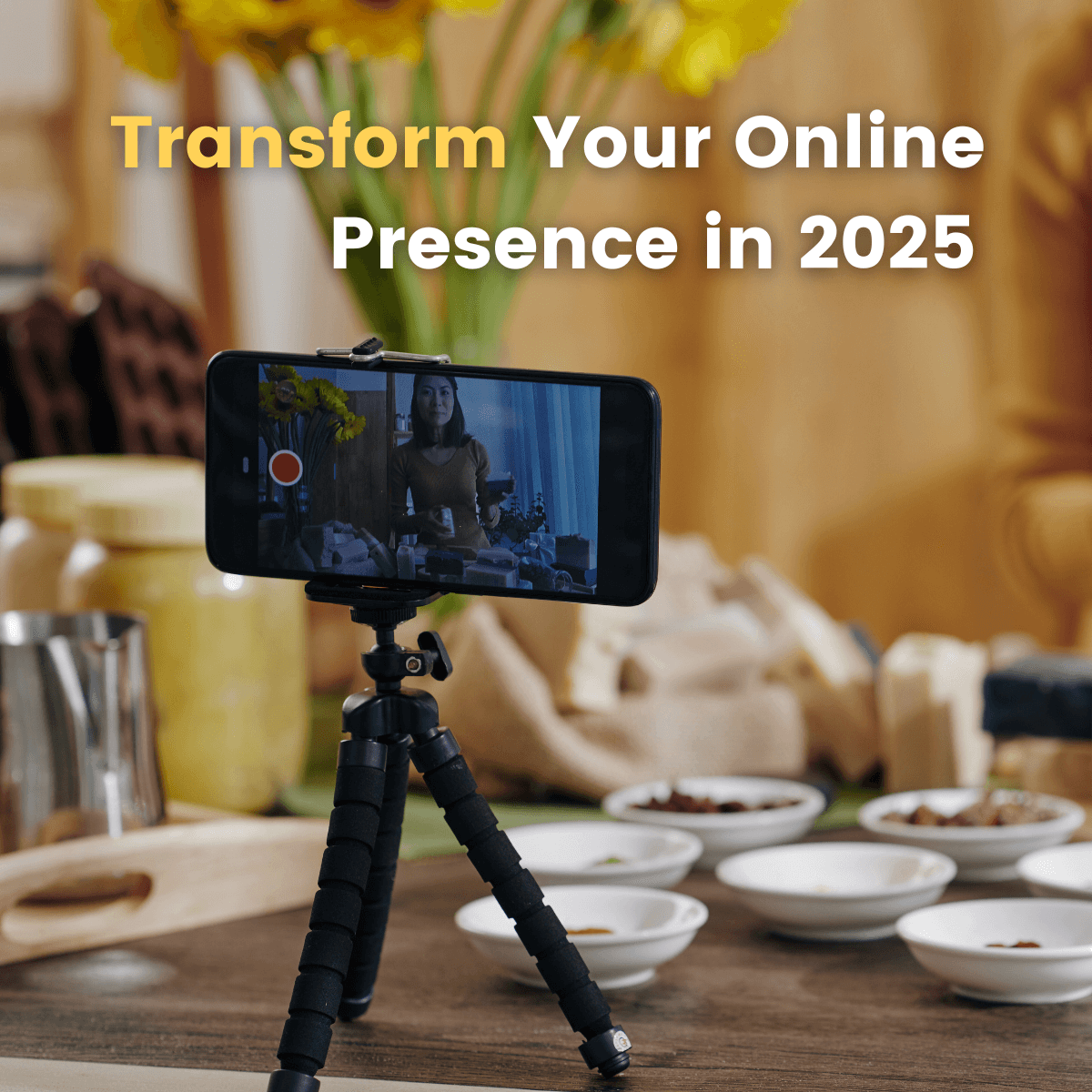



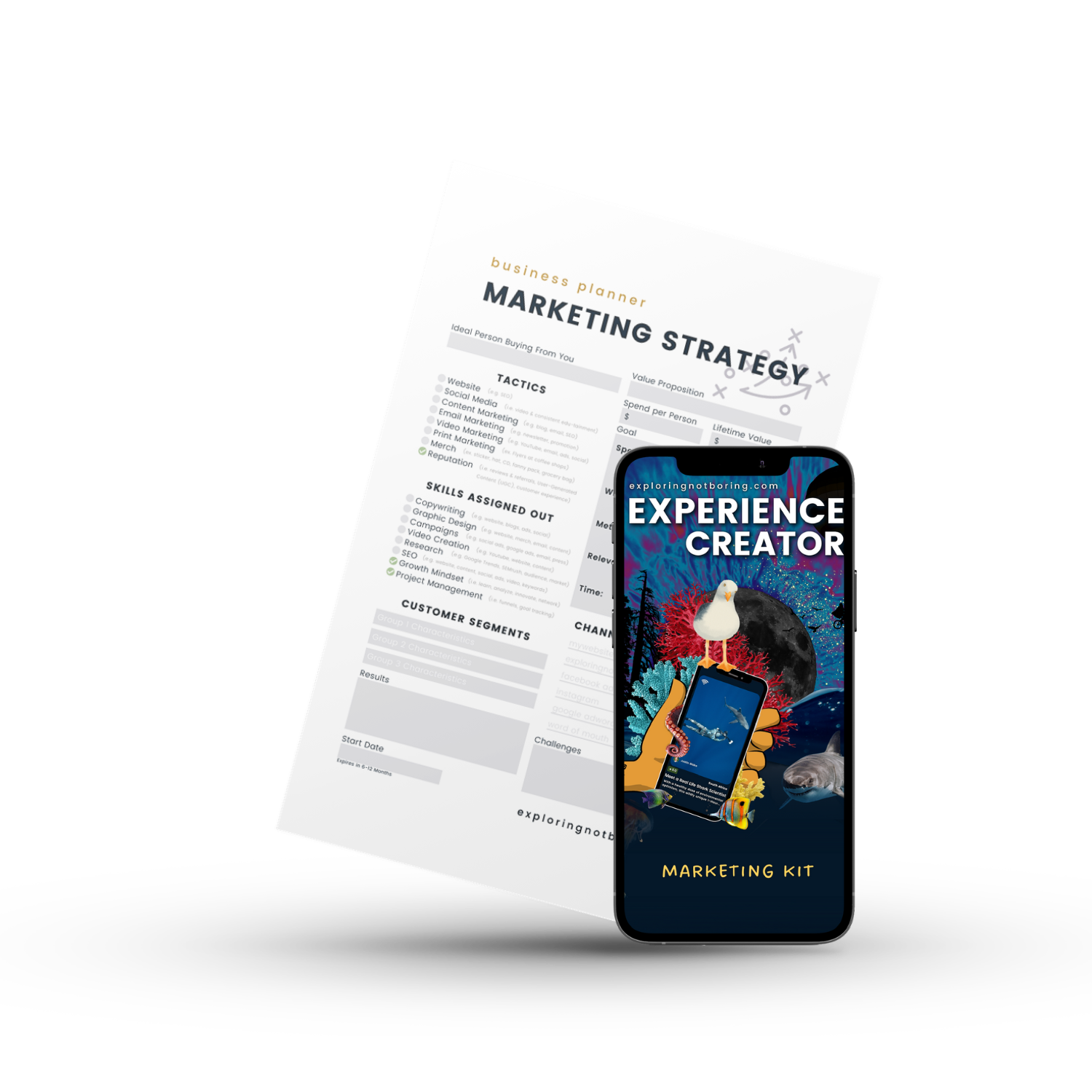
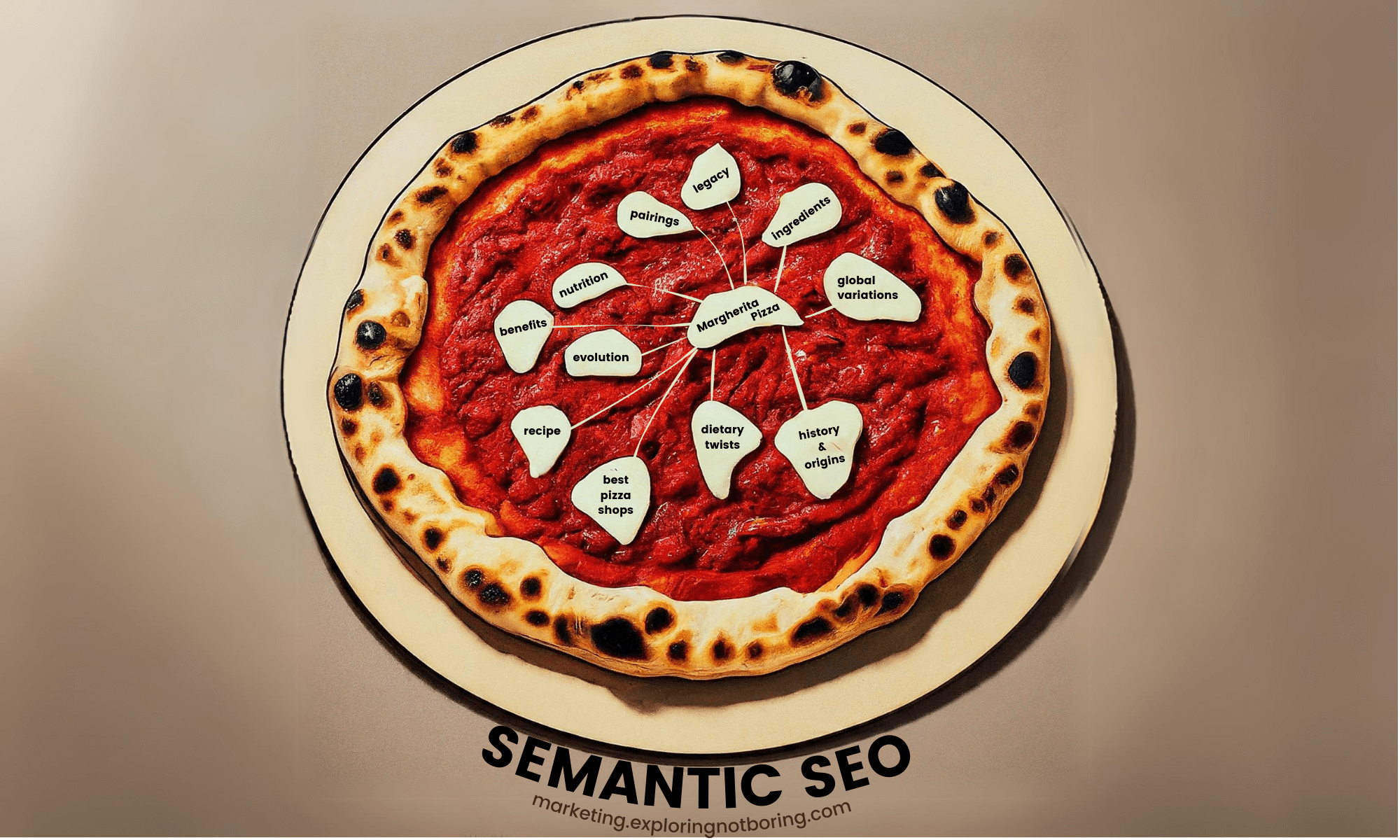
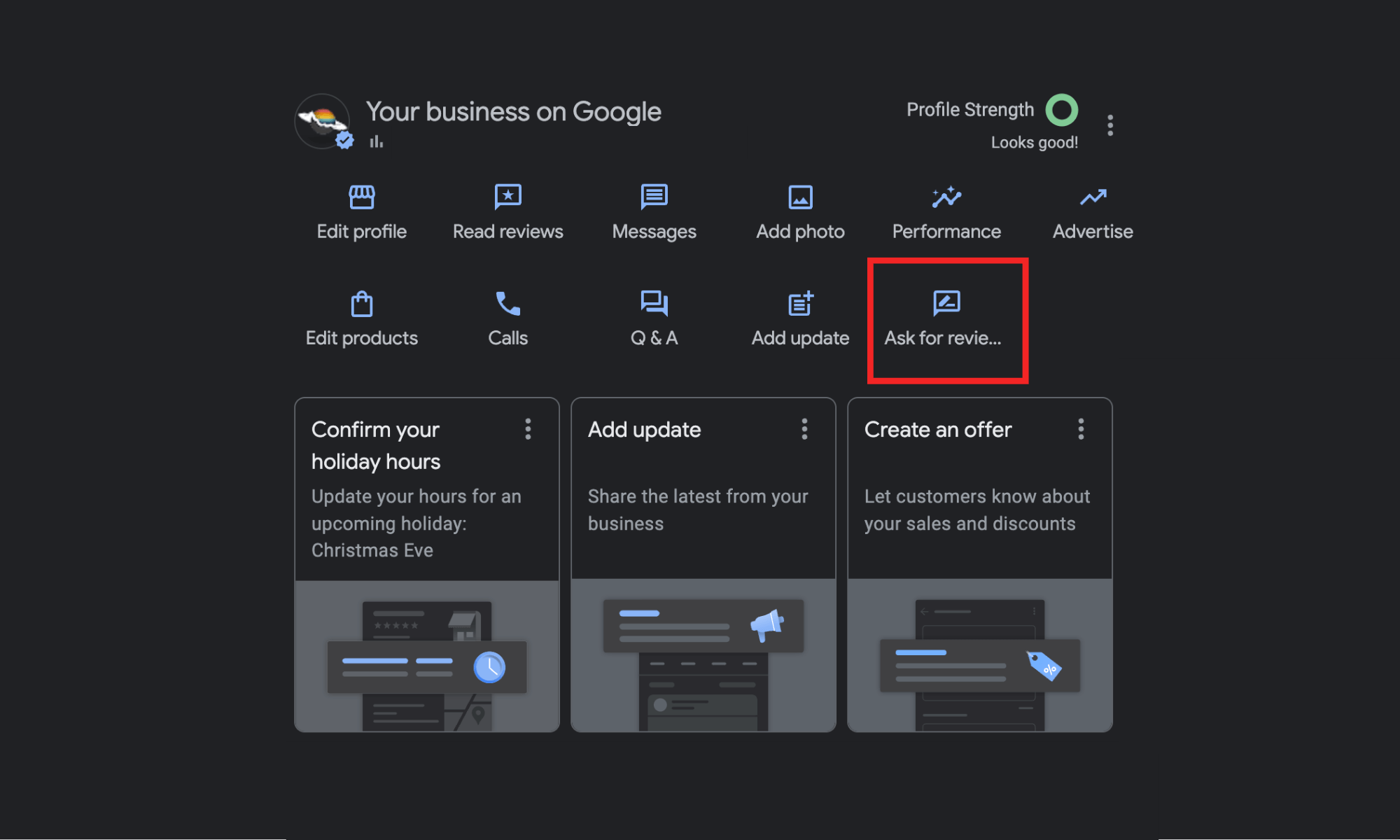
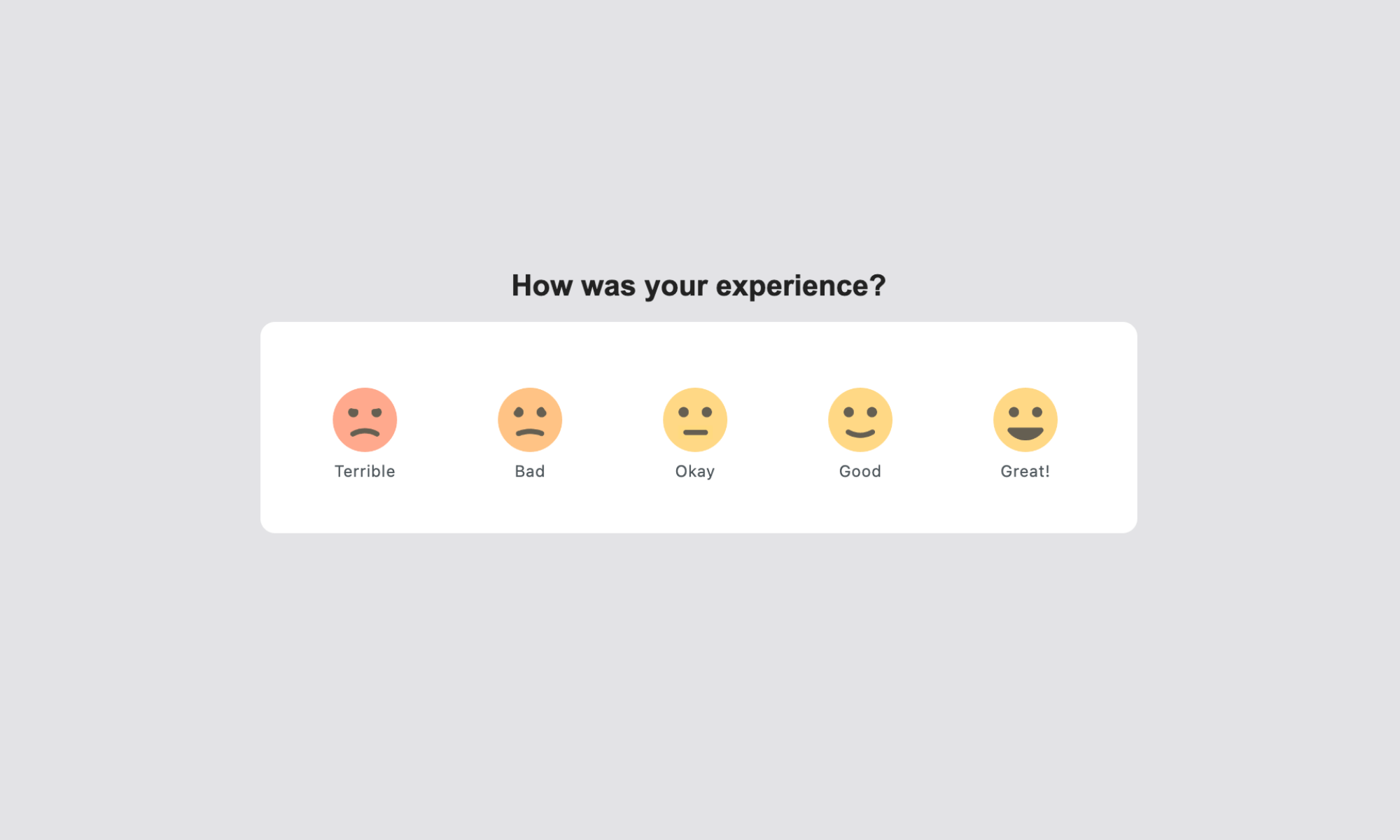
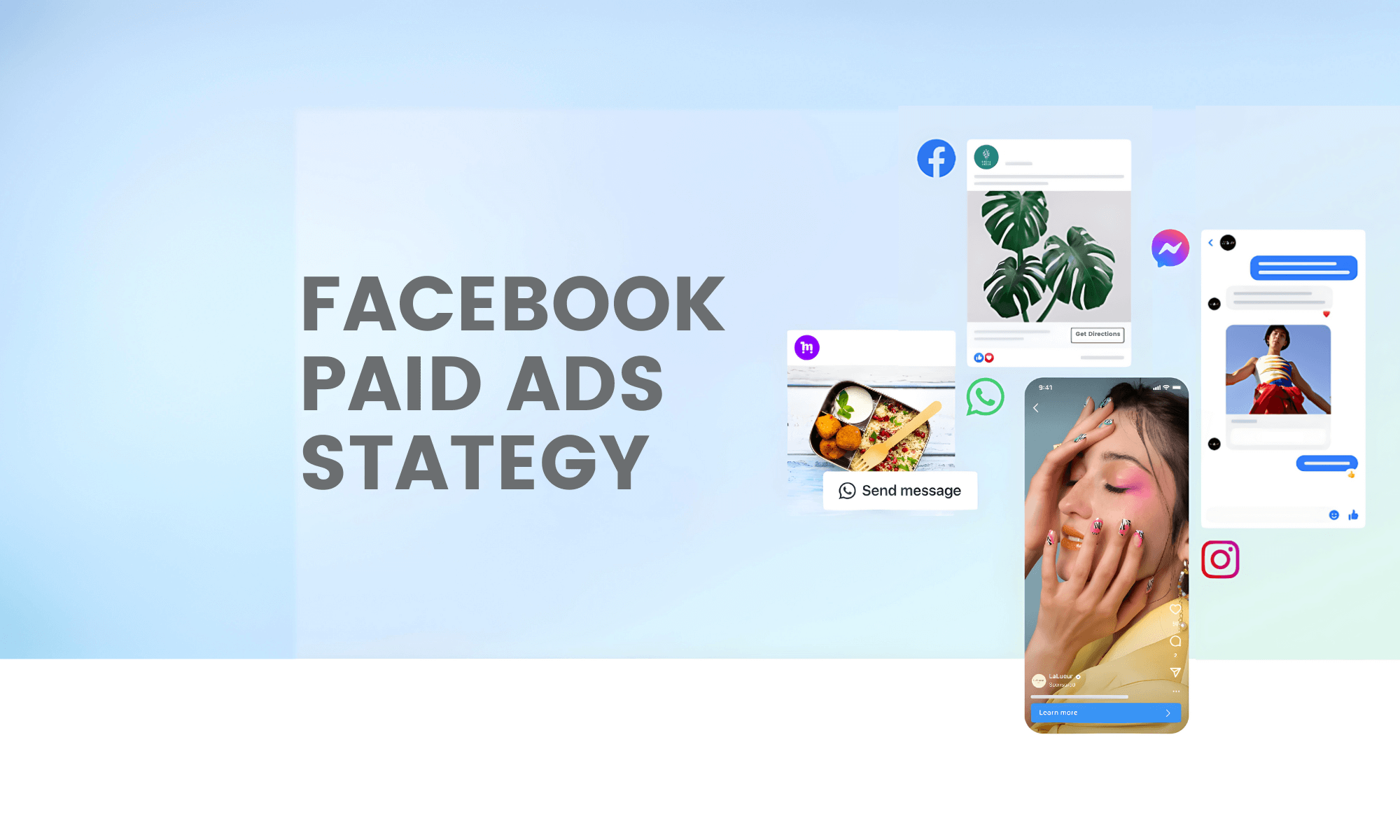
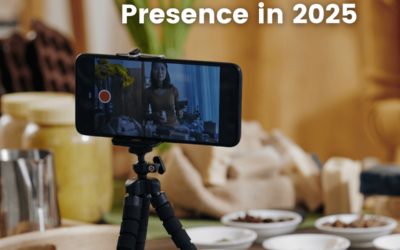



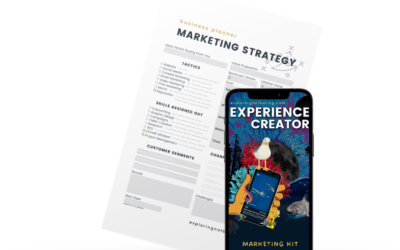

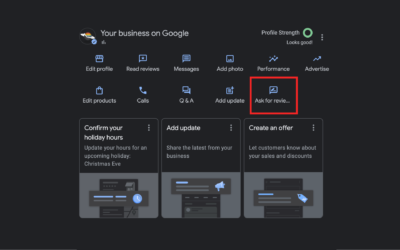
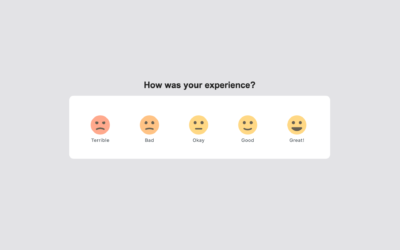
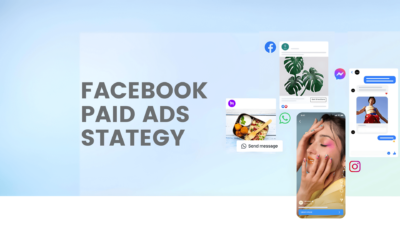

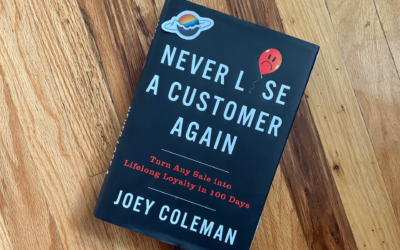
0 Comments